Tension control and application of slitting machine
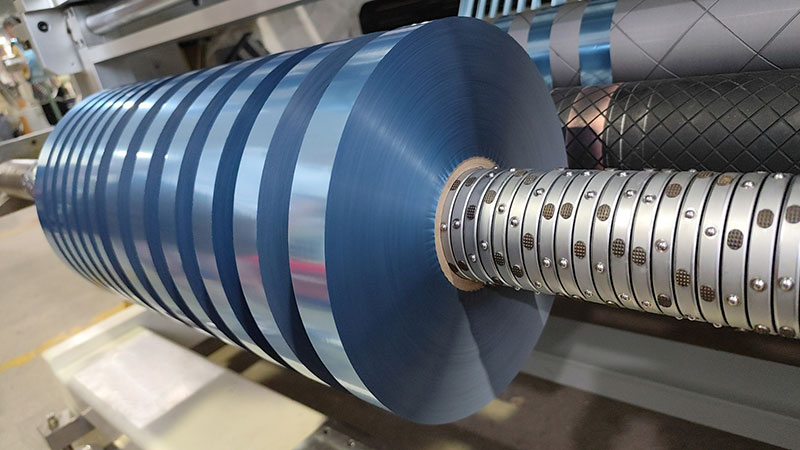
Slitting machine is a kind of mechanical equipment that slits wide paper, mica tape or film into multiple narrow strips, and is commonly used in papermaking machinery, wire and cable mica tape and printing and packaging machinery. The slitting machine is mainly used in: mica tape, paper, insulating materials and film slitting, especially suitable for narrow strip (insulating materials, mica tape, film, etc.) slitting. With the increasing degree of mechanization, the requirements for the efficiency of winding operations are also getting higher and higher. When the slitting machine is used in the slitting of film, tape and paper, the whole roll of large reel can be slitted into multiple small reels according to different requirements to meet the needs of different occasions. Of course, the slitter can also be used in other production areas that need to do winding work. There are many kinds of slitting machines on the market, but there are many defects and deficiencies at the same time, such as: traditional slitting uses the thickness calculation of the input paper, so that the actual roll diameter error is large, and the accuracy of the tension control needs to be manually monitored in real time, and when the tension is too loose and too tight, the parameters need to be changed manually. The tension control system is the core part of the slitting machine. Today we will talk with you about the tension control of the slitting machine.
Tension control refers to the ability to control the tension of raw materials as they are conveyed on equipment for a long time and stably. The tension control of the slitting machine is basically manual tension control and automatic tension control. Manual tension control means that in the process of winding or unwinding, when the winding diameter changes to a certain stage, the operator adjusts the manual power supply device, so as to achieve the purpose of controlling the tension.
Automatic tension control is to directly measure the actual tension value of the strip by the tension sensor, and then convert the tension data into a tension signal and feed back to the tension controller, through this signal and the preset tension value of the controller, calculate the control signal, and automatically control the execution unit, so that the actual tension value is equal to the preset tension value, so as to achieve the purpose of stabilizing the tension.
Tension control must remain effective for any operating speed of the slitter, including acceleration, deceleration, and constant speed of the machine. Even in the event of an emergency shutdown, it should be able to guarantee that the raw material being cut will not be scratched or damaged. The stability of the tension control is directly related to the quality of the slitted product. If the tension is insufficient, the raw material will loosen or drift during operation, and the finished material will wrinkle after slitting and rewinding; If the tension is too large, the raw material is easy to be pulled off, so that the broken end of the finished material will increase after slitting and rewinding.
For this purpose, constant tension control is required, i.e. the raw material is subjected to an optimal tension during the winding process, and the tension is always maintained. Depending on the sensing element and torque adjustment element selected, a variety of different tension control schemes are available.
Formation of tension
There are various forms of realization of tension formation, but the basic principle is the same. The formation of tension is an integral link. In the start-up process, the running linear speed of the receiving coil is greater than the running linear speed of the unwinding coil, so that a certain tension is generated in the winding roller, and when the winding reaches the appropriate tension required by us, the power mechanism is adjusted in time to make the running linear speed of the receiving coil and the unwinding coil stable, so that the raw materials run stably under this tension. The tension control system is to meet the tension stability of the whole machine.
Factors influencing tension stability
The factors that fluctuate and change tension are often complex, and the main influencing factors are roughly as follows:
1. The change of the lifting speed of the machine will inevitably cause the change of the tension of the whole machine:
2. In the process of rewinding and unwinding, the diameter of rewinding and unwinding of the slitting machine is constantly changing, and the change of diameter will inevitably cause the change of raw material tension. When the braking torque remains the same, the diameter decreases and the tension increases. On the other hand, if the winding torque is constant, the tension will decrease as the winding diameter increases. This is the main factor that causes the change of raw material tension in operation;
3. The change of the tightness of the raw material coil will also cause the change of the tension of the whole machine;
4. The unevenness of the material of the slitting raw material. For example, the fluctuation of material elasticity, the change of material thickness along the width and length direction, the eccentricity of the quality of the coil, and the change of temperature and humidity of the production environment will also affect the tension fluctuation of the whole machine;
5. There are factors such as unbalance and unstable air pressure in the transmission mechanism of the slitting machine (such as guide rollers, floating rollers, flattening rollers, etc.).
6. The change of speed during slitting affects the change of tension: when the operation is accelerated or decelerated, the speed of the main motor changes. First of all, it causes an instantaneous change in the tension of the material from the unwinding traction to the winding section, and the material must vibrate slightly for a period of time to gradually stabilize the tension. The instability of this tension is manifested in the uneven winding of the finished coil, and the concave and convex end face affects the product quality.
Slitter unwinding tension detection system
1. Tension sensor detection is a direct detection of tension, which is closely combined with machinery and has a detection method of moving parts. Usually two sensors are paired and mounted on the end shafts on both sides of the inspection roller. By detecting the applied load on both sides of the guide roller, the strip displaces or deforms the sensitive elements of the tension sensor, so as to detect the actual tension value, and converts the tension data into a tension signal and feeds back to the tension controller.
2. Floating roller indirect tension detection system: a set of floating rollers is installed in front of the tracking roller, and the position of the floating roller is detected by a potentiometer, and the tension control method is to keep the tension constant by maintaining the position of the floating roller.
3. Use the magnetic particle clutch to control the torque of the input winding roller to achieve tension control: the magnetic particle clutch is composed of the active part and the driven part, which is connected to the winding roller through the transmission mechanism such as universal coupling, and the fine ferromagnetic powder is filled in the middle as the torque transmission medium.
A certain current is introduced into the excitation coil to form a magnetic field, and the magnetic particle is magnetized. When the magnetized magnetic particles rotate at a constant speed, the connection force between the magnetic particles is destroyed and a circumferential tangential force is formed, and the product of the tangential force and the radius of the magnetic powder circle is the rotating torque that drives the rewinding of the driven part, so that the output torque is coupled from the active part to the driven part in the continuous rotation, so as to achieve the purpose of controlling the tension.
4. The slitting and unwinding capacity and speed tension detection system mainly uses magnetic particle tension brake to control the unwinding speed, and its working principle is as follows: a coupling is installed in the magnetic powder brake, as well as the input parts and output parts with magnetic coils. Underneath the magnetic coil is a circular groove, and below the groove is a circular rotor, the output component. The annular groove is located in the center of the output part, and the groove is filled with magnetic powder.
When there is an excitation current in the magnetic coil, the coil generates a magnetic flux to align the magnetic particles in the direction of the magnetic field, so that there is a damping between the input part and the output part, and the magnitude of the torque is transmitted. If the tension and speed applied to the aluminum foil are increased or decreased, the tension and speed can be effectively controlled by changing the magnitude of the excitation current, or changing the current or voltage value applied by the amplifier to the coupling coil.
5. Inverter system with tension control: the system is characterized by the cancellation of the tension controller, and the functions and parameters of the tension controller, such as the calculation function of the coil diameter, the output of the coil diameter, and the system should be compensated for the corresponding torque static and dynamic torque in order to overcome the inertia of the system when accelerating, decelerating, and stopping; Broken film alarm function; When the system stops in an emergency, it effectively prevents the system from "flying" function. All of them are built into the inverter, and the inverter is used as the tension controller, so that the tension of the whole process is very stable.
Recent Post
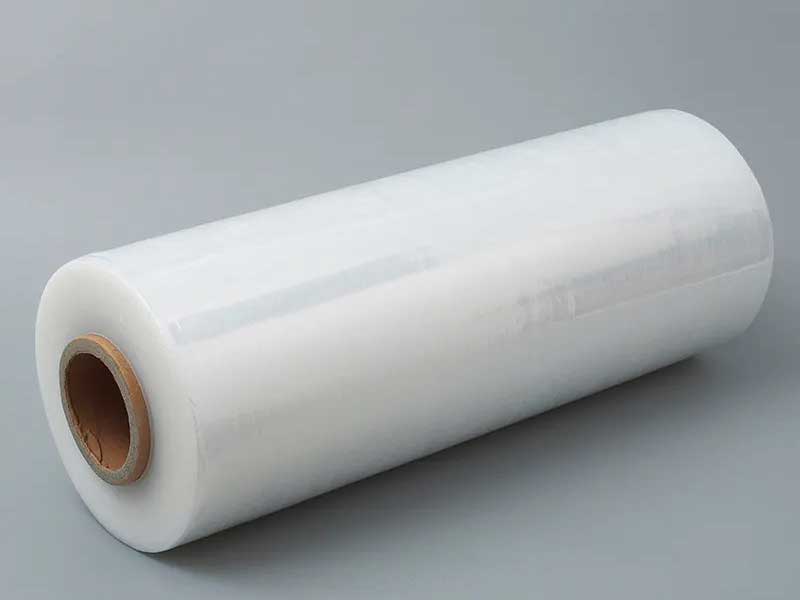 The central role of slitting machines in the production of PE, PP, PET films22. April, 2025
The central role of slitting machines in the production of PE, PP, PET films22. April, 2025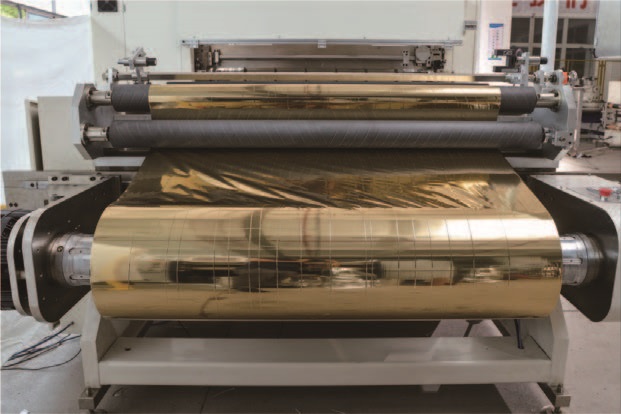 Automatic slitter: a key function to improve production efficiency22. April, 2025
Automatic slitter: a key function to improve production efficiency22. April, 2025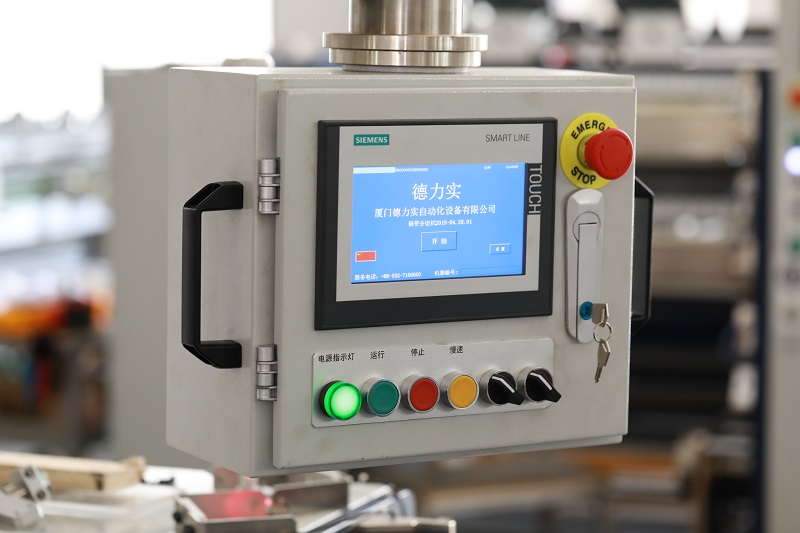 The era of intelligent slitting: how to simplify the operation of PLC control + man-machine interface?21. April, 2025
The era of intelligent slitting: how to simplify the operation of PLC control + man-machine interface?21. April, 2025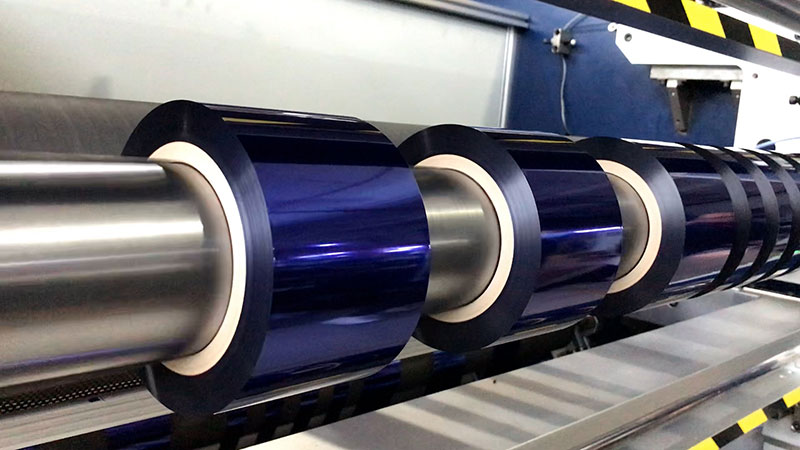 How does a slitting machine empower multi-industry production? Inventory of core application scenarios21. April, 2025
How does a slitting machine empower multi-industry production? Inventory of core application scenarios21. April, 2025
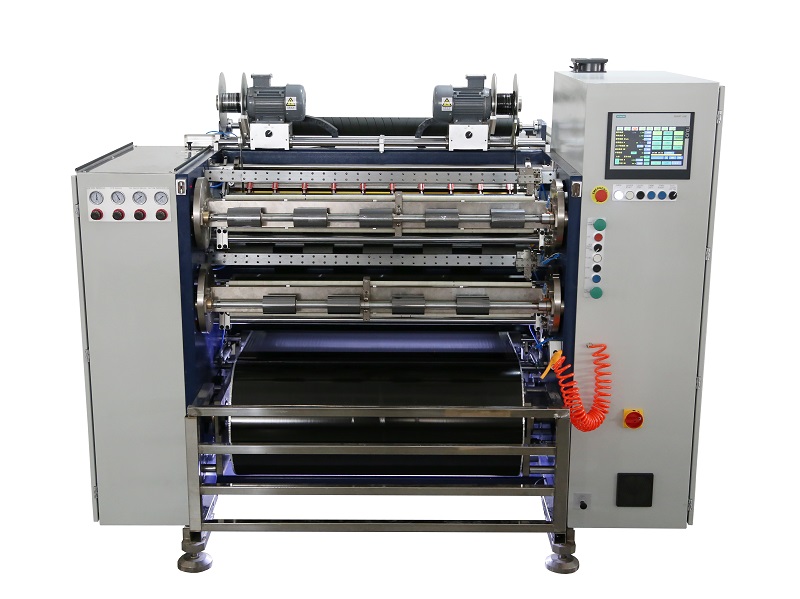 Fully Automatic TTR Slitter RSDS8 Plus
Fully Automatic TTR Slitter RSDS8 Plus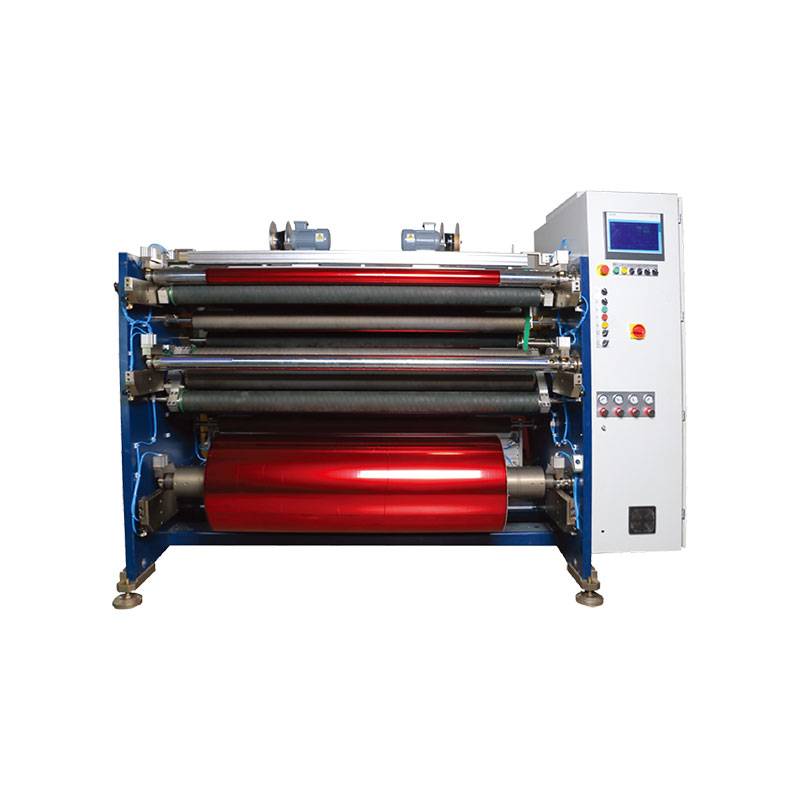 Hot Stamping Foil Slitter 1600mm
Hot Stamping Foil Slitter 1600mm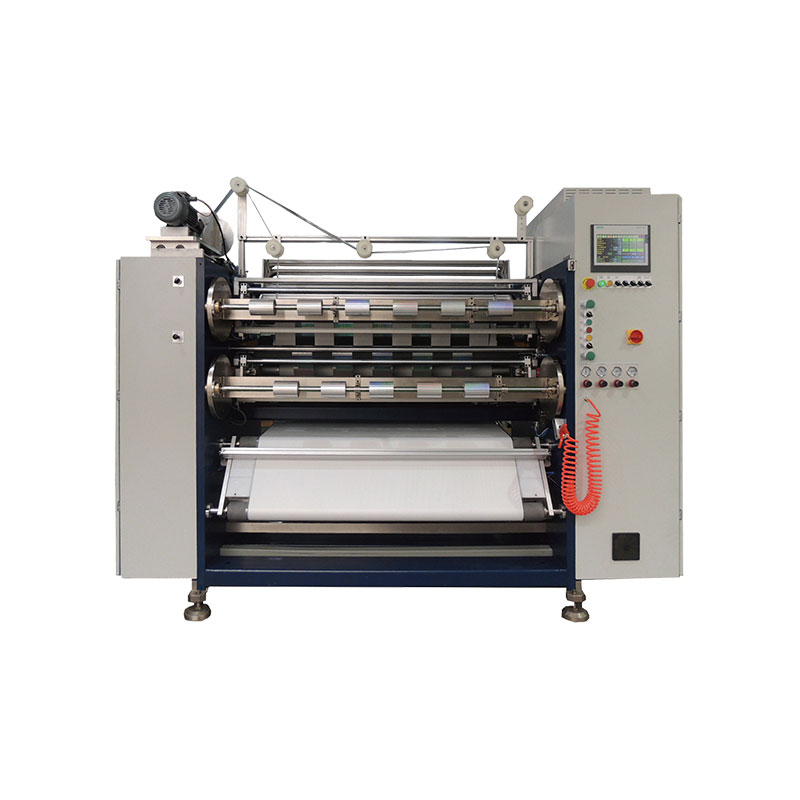 Hot Stamping Foil Slitter (4 Shafts)
Hot Stamping Foil Slitter (4 Shafts)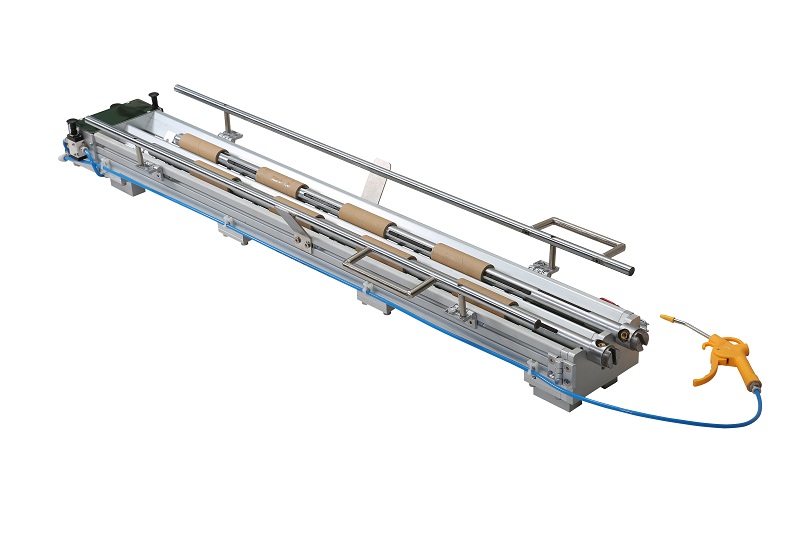 Paper Core Loading Machine
Paper Core Loading Machine Semi-Auto TTR Slitter RSDS2 Plus
Semi-Auto TTR Slitter RSDS2 Plus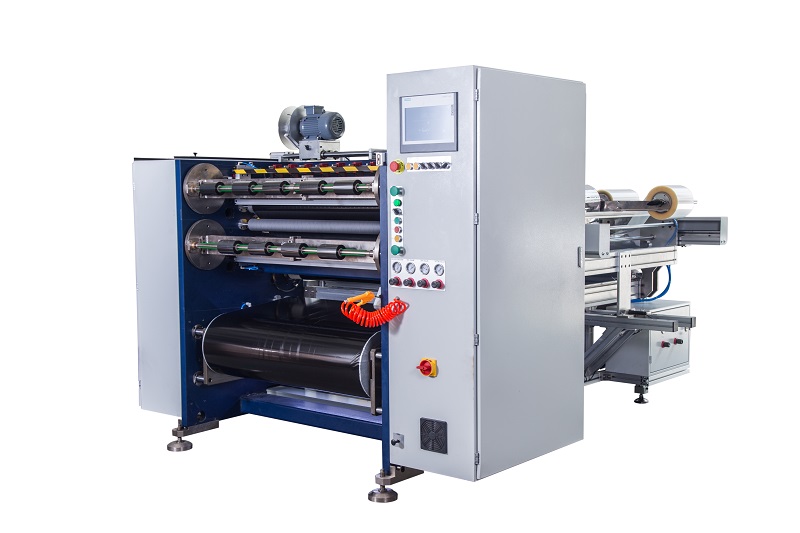 Semi Automatic TTR Slitter RSDS5 Plus
Semi Automatic TTR Slitter RSDS5 Plus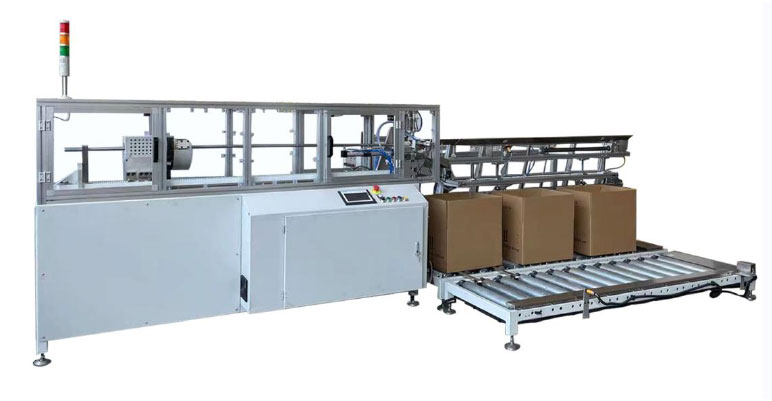 Auto Paper Core Cutter
Auto Paper Core Cutter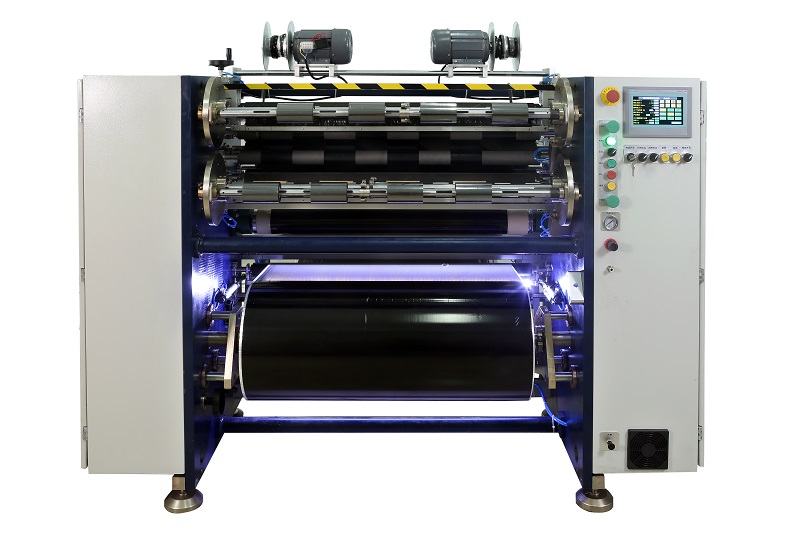 Manual TTR Slitter RSDS2
Manual TTR Slitter RSDS2





